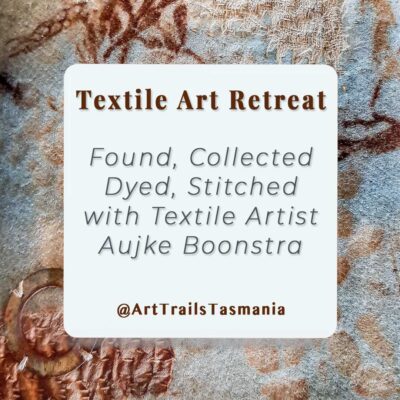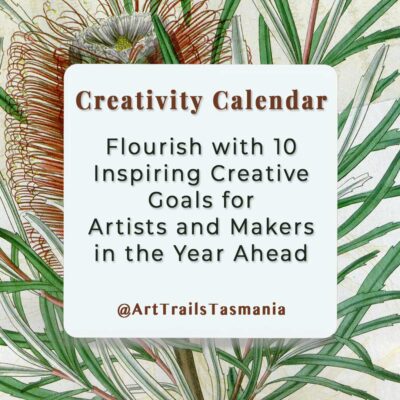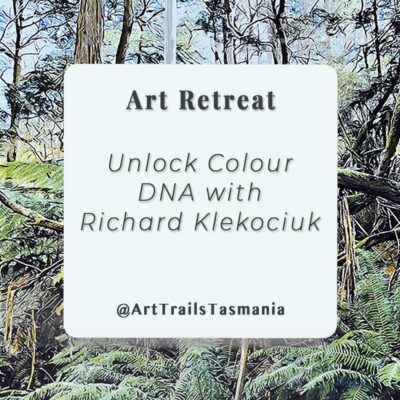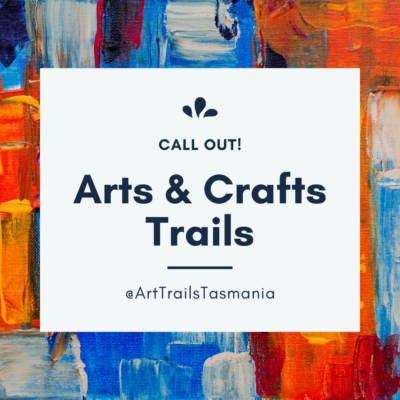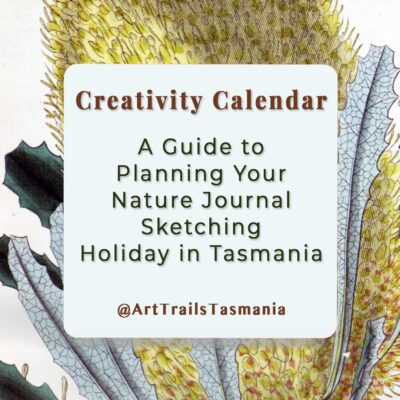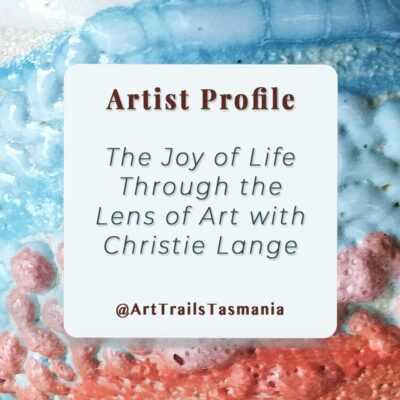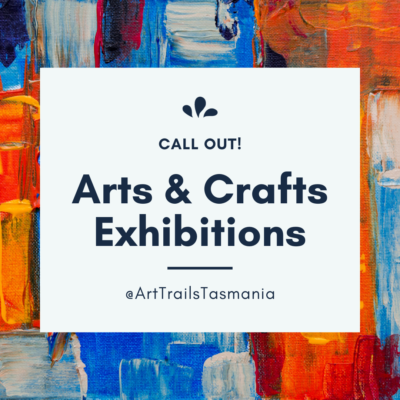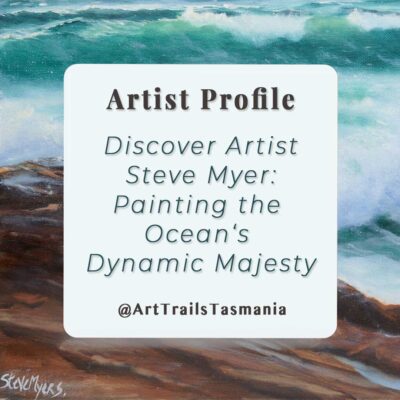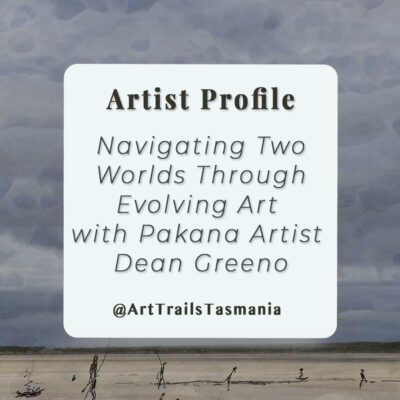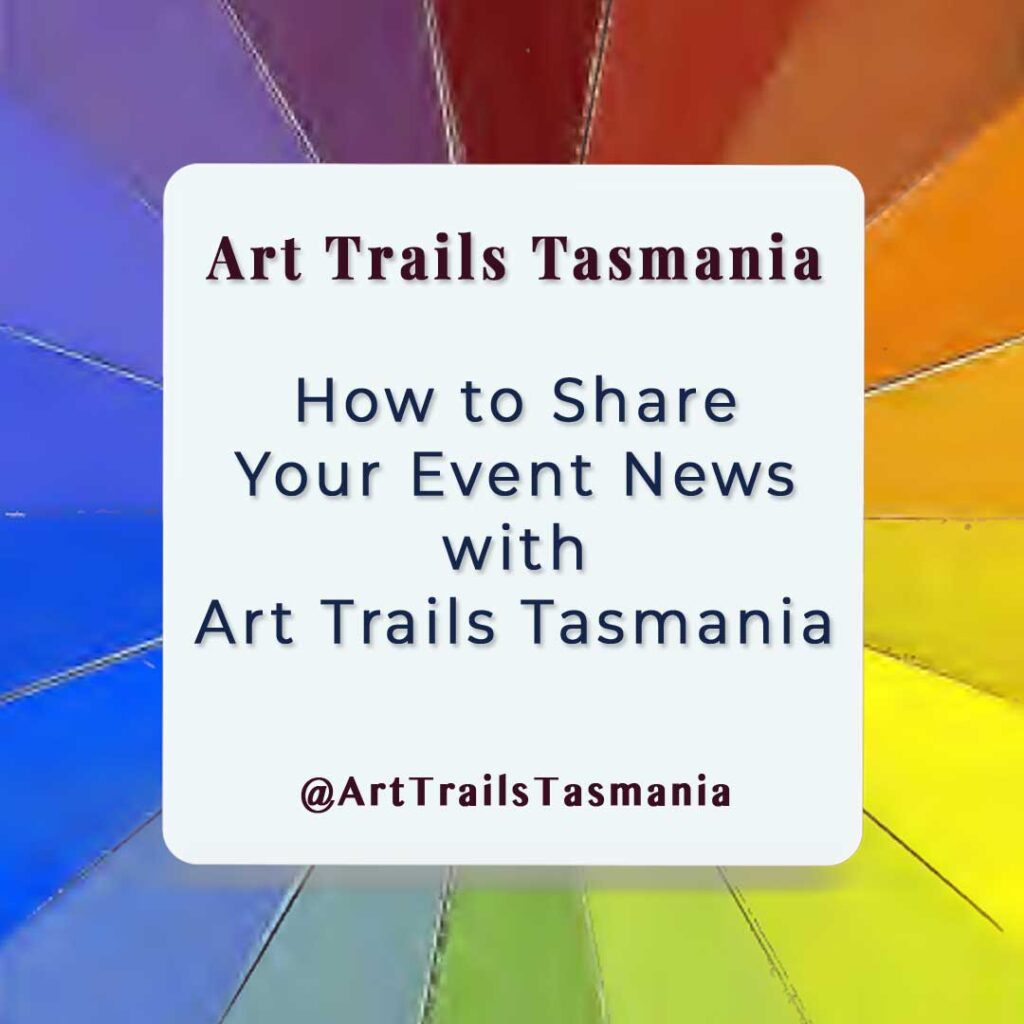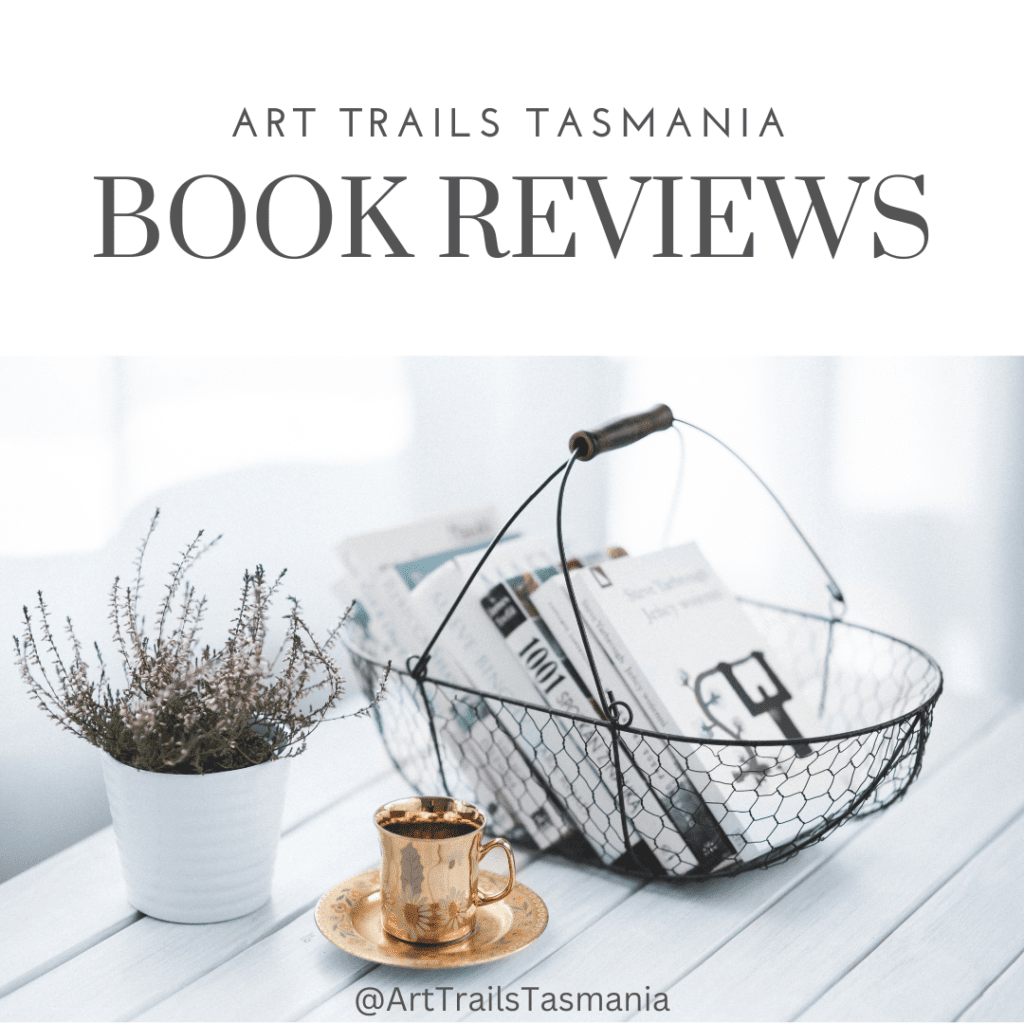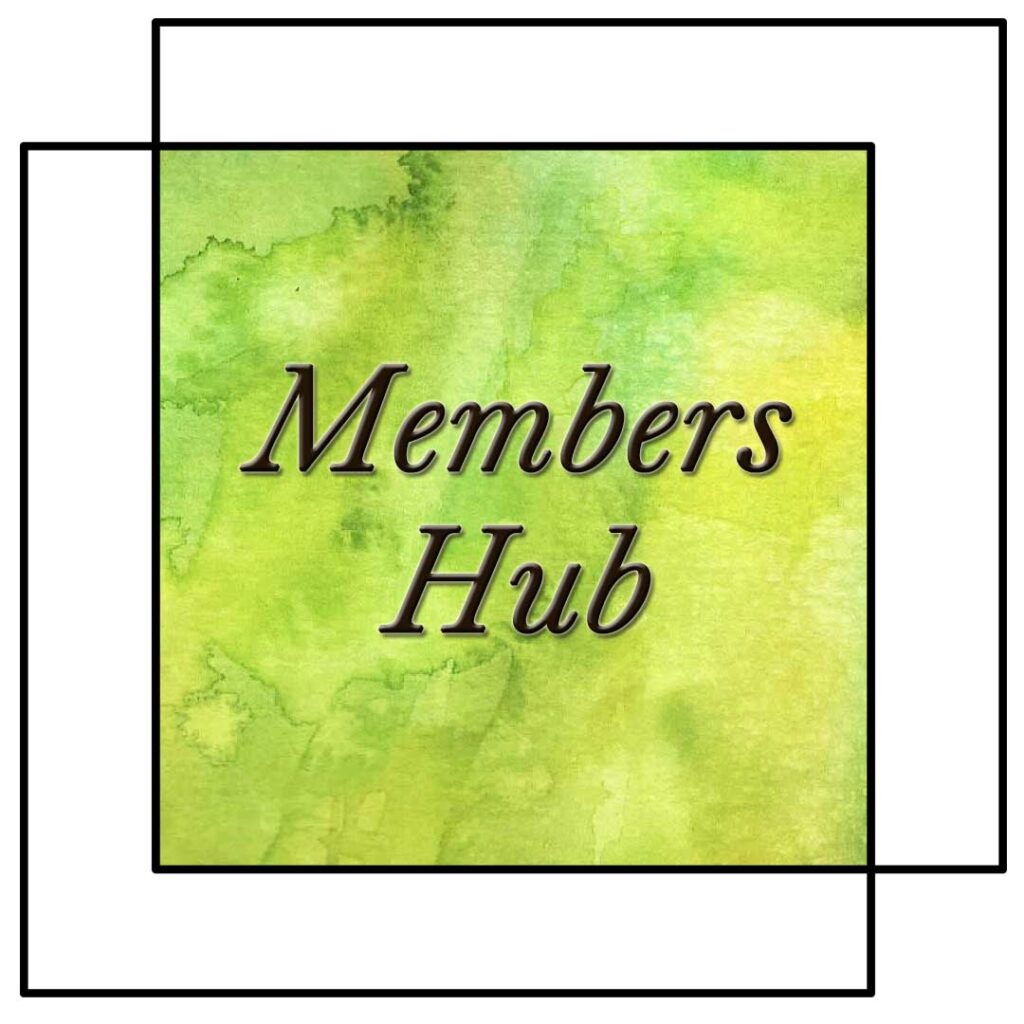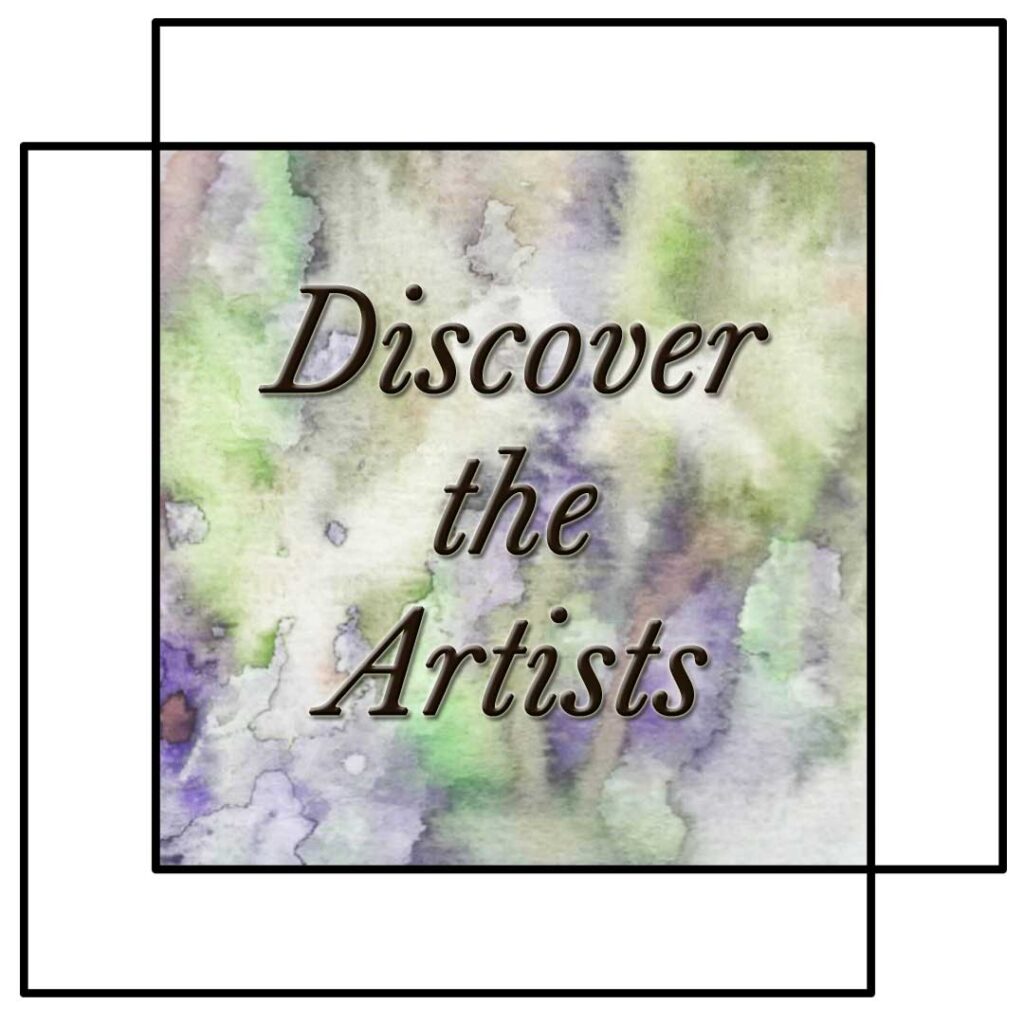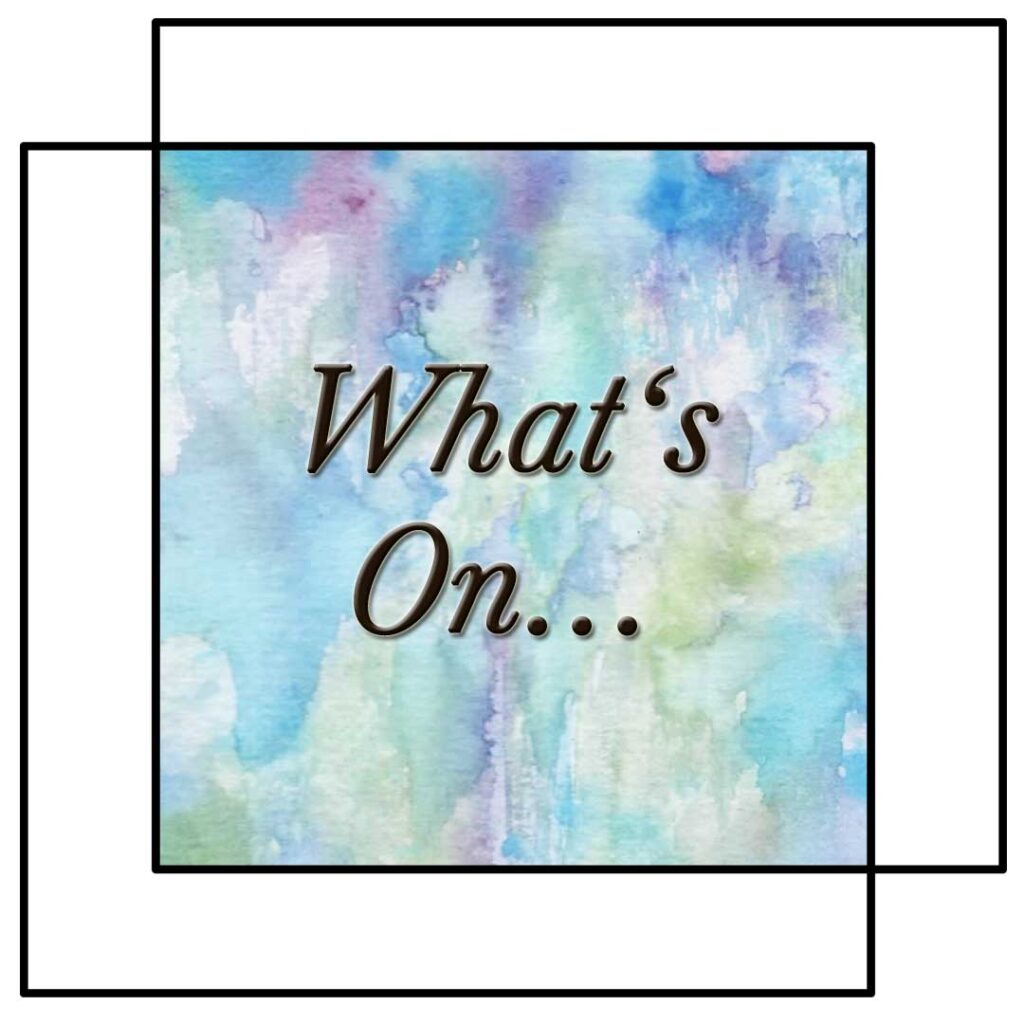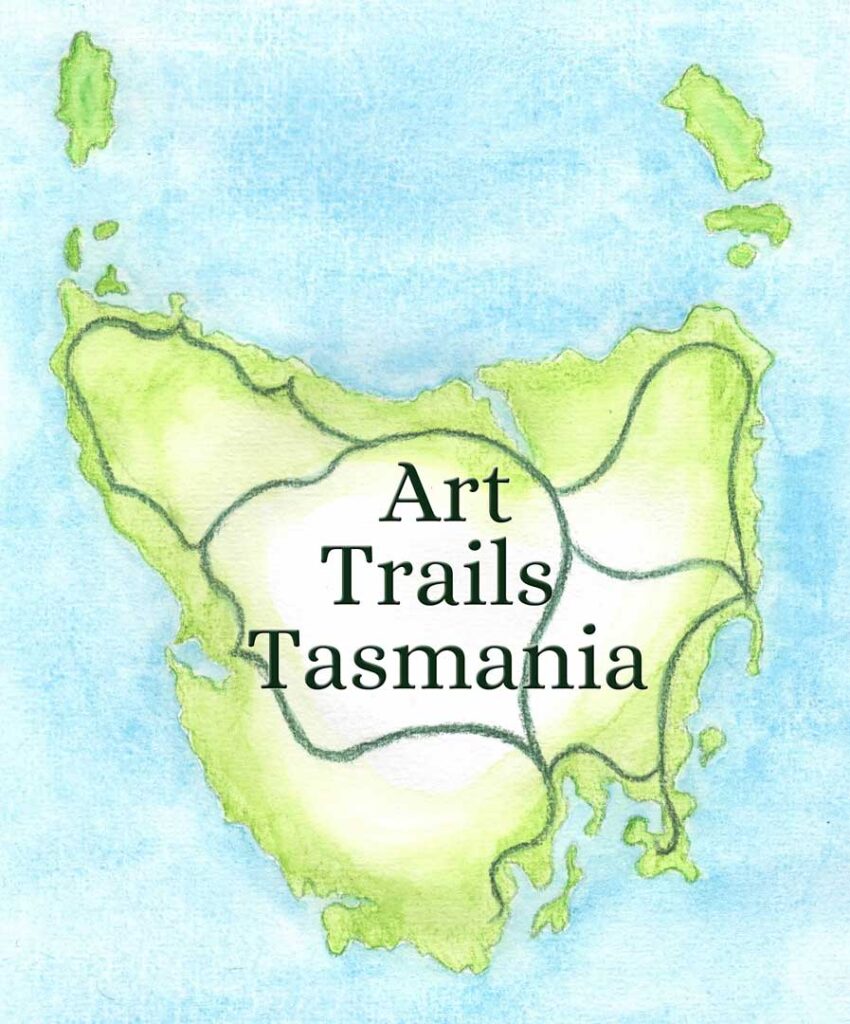10 Sketchbook Practice Ideas
A sketchbook is more than just blank pages – it’s a space where curiosity, play, and experimentation come together.
In Part One, we explored why sketchbooks are such a powerful tool for creative exploration. If you missed it, you can read Discover Creative Freedom Through a Sketchbook Practice Part 1.
Now, let’s dive into 10 fresh, practical ideas designed to spark your creativity and keep your sketchbook practice alive and inspiring.
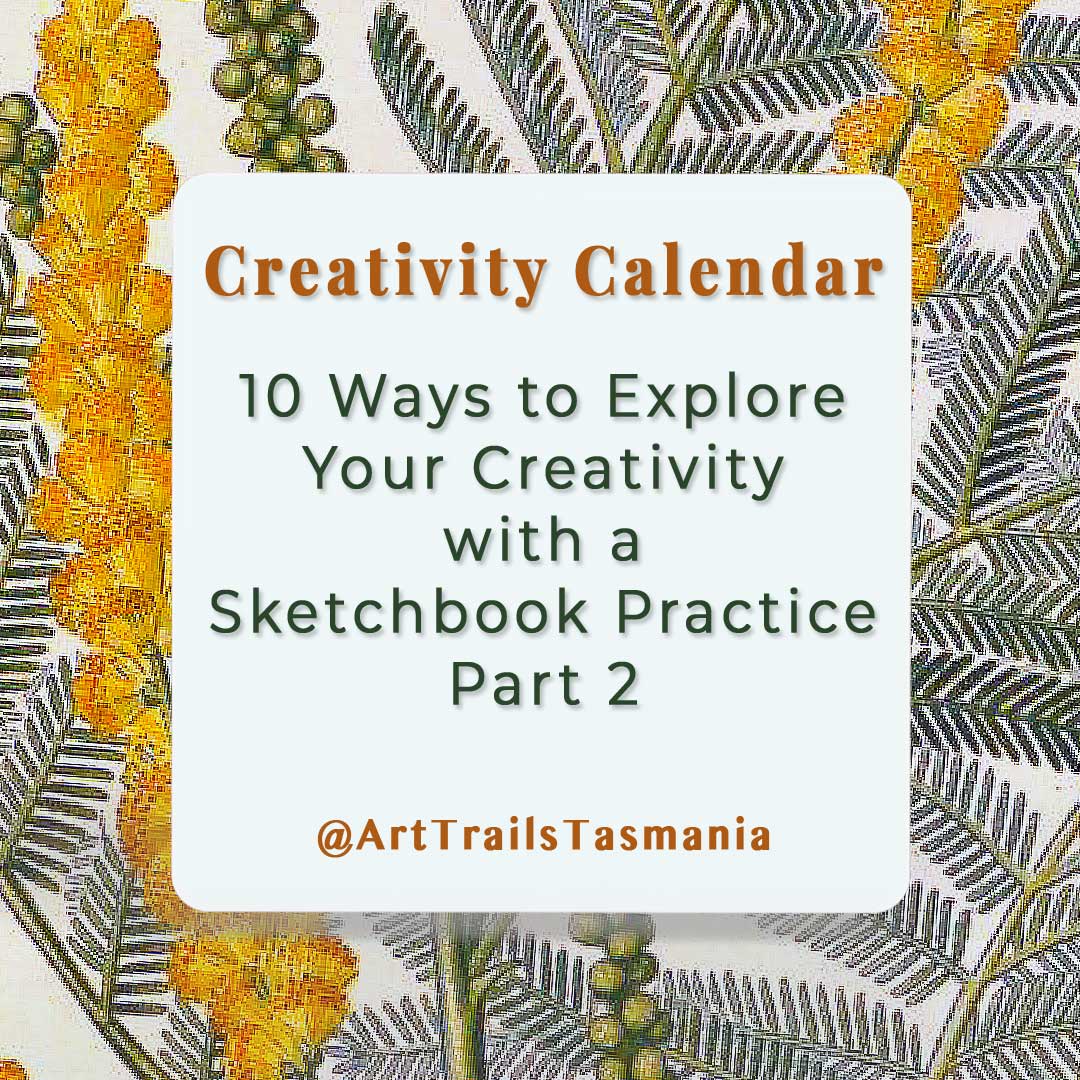
Your Sketchbook Practice Inspiration
Here are 10 ideas to explore in your sketchbook practice, which ones will light your imagination and how will you make them your own?
1. Create a Daily or Weekly Prompt Page in Your Sketchbook
Set aside a page for weekly or daily prompts to kickstart your imagination. These can be simple, like “draw something green” or “use only dots.”
Prompts remove the pressure of deciding what to do and help you jump straight into the creative process without overthinking.
Adding regular prompts also builds consistency, which is key for developing your artistic voice.
Over time, you’ll gather a unique collection of responses, almost like a visual diary. Prompts act as gentle structure, encouraging creativity even when motivation feels low.
2. Build a Mixed Media Inspiration Spread
Choose a colour palette or theme and explore it using a mix of materials; ink, collage, fabric, pencil, watercolour or stitching.
This lets you observe how different textures interact, offering valuable insight into combining materials in future work.
The spread itself can become a reference library, something you can revisit for future projects when seeking inspiration.
It’s also a playful way to push boundaries, mixing unexpected materials and observing which contrasts feel harmonious or striking. Experimenting freely can lead to exciting new techniques and can lead to alternative pathways.
3. Do a “One Medium” Challenge
Limit yourself to one material per page or session, charcoal one day, coloured pencil the next, and see how much you can express with it.
This focused restriction often leads to surprising discoveries and can help you master techniques you might otherwise avoid.
It can also be a great way to purposefully play with and explore your existing art supplies stash.
Committing to one tool makes you inventive, forcing you to explore mark-making, texture, and depth more deeply.
Instead of chasing perfection, you’ll find freedom in exploring limitations. It’s also a practical way to reconnect with neglected tools and rediscover their possibilities.
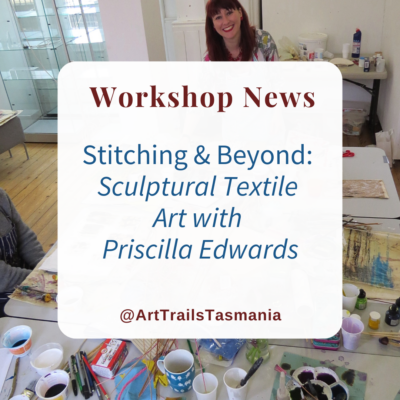
Stitching and Beyond Presents: Sculptural Textile Art with Priscilla Edwards
Discover the art of shaping wire & layering silk with wax in this inspiring textile art workshop. Create unique, personal sculptures using mixed media techniques!
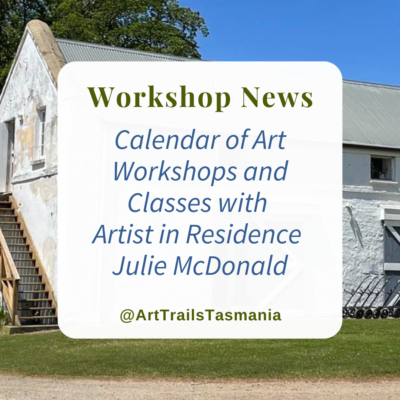
Calendar of Workshops and Classes with Julie McDonald
Discover the latest art workshops and classes with Artist in Residence Julie McDonald at the beautiful and inspiring historic Quamby Estate.
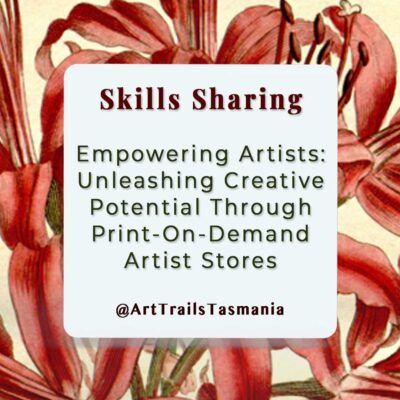
Empowering Artists: Unleashing Creative Potential Through Print On Demand Stores
Discover the boundless potential of creative expression with print-on-demand stores in our latest blog post. Explore how artists are empowered to showcase their talents and reach a global audience through these innovative platforms. Unleash your artistic vision and transform it into reality today!
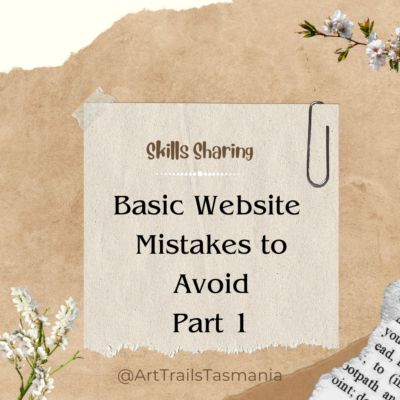
Basic Website Mistakes to Avoid
Here are the basic website mistakes I’m noticing with our artists’ websites and the simple solutions to make it work better for you.
4. Collect Found Objects and Incorporate Them in Your Sketchbook
Glue in a leaf, a clothing tag, an exhibition ticket or fabric scrap, and respond to it with drawing, stitching, or writing.
This kind of visual journaling encourages spontaneity and personal storytelling, turning your sketchbook into a record of daily life.
These fragments add tactile richness and context to your pages, weaving together memory with art.
Each object carries its own history, making your sketchbook uniquely personal.
By interacting with them creatively, you transform everyday ephemera into sparks for reflection, imagination, and playful experimentation.
5. Use Your Sketchbook as a Creative Mind Map
Dedicate a few pages to brainstorming ideas; for future artwork, craft projects, colour schemes, or thematic series.
Doodles, notes, swatches and mini mock-ups help clarify your thinking and serve as a launchpad for larger pieces later on.
You can also map emotions, words, or even song lyrics alongside imagery, helping to weave connections between different sources of inspiration.
The freedom of a mind map encourages loose thinking, allowing unexpected themes or visual motifs to surface and spark fresh creative directions.
I find using different coloured pens or pencils really useful with mind maps.
6. Experiment with Intentional Practice Sessions in Your Sketchbook
Sketch a subject in 10 different ways; changing materials, angles, or techniques, to develop deeper understanding and skill.
This method ties beautifully into our earlier story on intentional practice, supporting structured, skill-building creativity.
By repeating subjects with small variations, you build confidence and adaptability.
This practice nurtures patience and persistence, gradually strengthening observation skills.
Over time, you’ll see a visible improvement in technique and expression, while also cultivating a stronger personal style through mindful exploration.
7. Rework Old Pages with New Layers
Go back to unfinished or “messy” pages and layer over them with new materials, collage elements, or fresh marks.
This removes the fear of mistakes and helps you see your sketchbook as a space for continuous evolution, not finished products.
Returning to old work gives you a second chance to experiment without pressure, almost like collaborating with your past self.
These reworked pages can hold fascinating depth, as layers build history and texture.
What once felt discarded may transform into something unexpectedly meaningful.
8. Do a Five-Minute Creative Warm-Up in Your Sketchbook
Before starting any larger art or craft project, use your sketchbook to do a quick five-minute sketch, pattern, or colour study.
It’s like stretching before exercise as it helps you loosen up and enter a creative mindset more easily.
Quick warm-ups reduce perfectionism and get you moving past the blank page, also letting you get out of your own way.
They energise your hand-eye coordination and spark playful curiosity.
Over time, these short bursts accumulate into a library of spontaneous studies, often seeding ideas for more developed, finished artworks.
9. Document Your Artistic Process with Your Sketchbook
Use your sketchbook as a visual diary by recording steps from other projects, including fabric choices, paint samples, and thumbnail sketches.
This creates a valuable reference archive and reminds you of techniques, colour mixes, or ideas you may want to revisit later.
Documenting process also provides perspective on how your skills evolve.
Looking back, you’ll spot recurring motifs, favourite palettes, or problem-solving approaches that define your style.
This reflective record becomes a personal resource, guiding you towards refining and deepening your creative practice. It also lets you see your creative journey of growth.
10. Develop Personal Creative Rituals in Your Sketchbook
Create regular sketchbook routines that suit your lifestyle, Sunday evening colour play, morning tea break sketches, or monthly theme explorations.
Rituals build momentum and help you keep a consistent, sustainable creative habit without it feeling like a chore.
Rituals add rhythm and comfort, signalling to your brain that it’s time to create.
They can become small acts of self-care, mindfulness, grounding you amidst busy days.
Over time, these habits create a dependable anchor for ongoing artistic growth and experimentation.
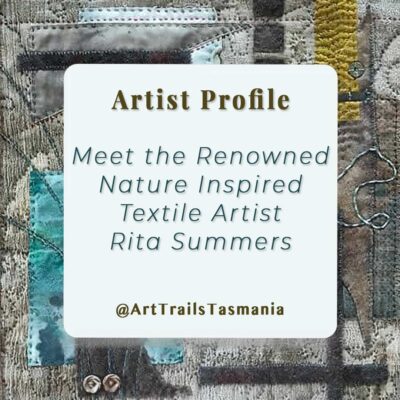
Meet the Renowned Nature Inspired Textile Artist Rita Summers
Meet the inspiring textile artist Rita Summers of Gone Rustic who has a love for eco dying, slow stitching, nature journaling and creating in her artist profile story with Art Trails Tasmania.
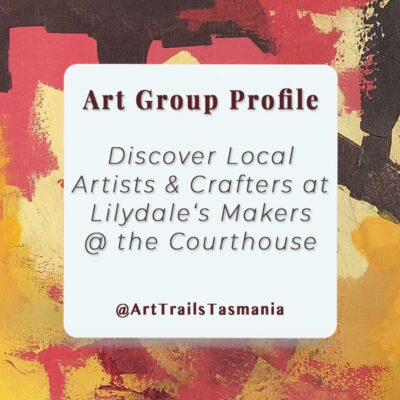
Discover Local Artists and Crafters at the Makers at the Courthouse
Come discover the Tasmanian artists and crafters of the Makers at the Courthouse in Lilydale as they embrace exhibitions and workshops in their Art Group Profile with Art Trails Tasmania
Sketchbook as a Creative Companion
Your sketchbook is your creative companion, it doesn’t judge, and it doesn’t require perfection. It invites play, exploration, and discovery at every stage.
Each of these 10 ideas offers a fresh way to deepen your connection with your materials, your subjects, and your creative self.
Combined with Part One, which introduced sketchbooks as a safe, flexible space for creative experimentation and this post offers a toolkit to start or enhance your practice.
You can also return to earlier blog stories on urban sketching, nature journaling, and budget-friendly sketching kits, all of which tie beautifully into sketchbook use.
Whatever methods or mediums you choose, remember: it’s not about the result – it’s about showing up for your creativity, again and again.
So grab your sketchbook, pick one of these ideas, and let your hands, heart, and imagination lead the way.
What’s Next
It is so easy to read a story and think “oh, that’s great, I should do that” and then time and opportunity zip past.
So what two or three ideas here sang to you? Or maybe have sparked your own ideas on how to vary the concepts?
Write them down in your diary, sketchbook, planner, even on an app on your phone so you can give them a go.
Maybe even set yourself some time to experiment. Fortunately even just 5 minutes can be a great entry path.
No Results Found
The page you requested could not be found. Try refining your search, or use the navigation above to locate the post.
Read the Latest How To Blog Stories
No Results Found
The page you requested could not be found. Try refining your search, or use the navigation above to locate the post.
Read the Latest Blog Stories and Flourish…
Found Collected Dyed Stitched Workshop with Textile Artist Aukje Boonstra
Come Found, Collected, Dyed, Stitched Workshop Retreat with Textile Artist Aukje Boonstra You will explore our farm and surrounding bush to find interesting objects. Then you will use your collected objects and natural vegetation to create embellished eco-dyed...
Flourish with 10 Inspiring Creative Goals for Artists and Makers in the Year Ahead
Dive into Our Creative Goal Collection and Flourish Having creative goals is crucial for artists and makers as they provide direction, motivation, and a roadmap for artistic growth. Goals challenge individuals to push boundaries, explore new mediums, and refine...
Unlock Colour DNA Art Retreat with Richard Klekociuk
Come to the Unlock Colour DNA Art Retreat with Richard Klekociuk This coloured pencil workshop explores the therapeutic value of colour through analysing the colour structure of both the surrounding forest and waterway in a superb rainforest setting in North East...
Arts and Crafts Trails Call Out
Call Out for Arts and Crafts Trails It's time to share your arts and crafts trails news that you have happening across Tasmania on our Facebook and Instagram pages. Being part of an art trail or a craft trail can be loads of fun. For the visitors it is often about...
A Guide to Planning Your Nature Journal Sketching Holiday in Tasmania
Finding Joy in Nature Journal Sketching Planning a nature journal sketching holiday in Tasmania can be an exciting and enriching experience. And your sketchbook will be a lasting treasure and reminder of your Tasmanian sketching adventures. A Land of Inspiring Beauty...
The Joy of Life Through the Lens of Art with Christie Lange
Meet Binalong Bay Ceramist Artist Christie Lange My art making process starts with the joy of learning; about myself, others – human and non-human – and the world we all live in. I’m drawn to the lives of small organisms like fungi, lichens, mosses, slugs, plants,...
Exhibitions Call Out
Call Out for Arts and Crafts Exhibitions It's time to share your arts and crafts exhibitions news that you have happening across Tasmania on our Facebook and Instagram pages. It is a busy time of year for exhibitions to be happening all over the state. Getting the...
Discover Steve Myer: Painting the Ocean’s Dynamic Majesty
Meet Seascape Artist Steve Myers I love finding out new ways to paint and I really enjoy the challenges that come with learning new techniques. Because I love to paint seascapes, I am never too far from inspiration, given the dynamic nature of the ocean. I love to...
Navigating Two Worlds Through Evolving Art with Pakana Artist Dean Greeno
Meet Pakana Artist Dean Greeno in his Artist Profile Story As a child navigating between two worlds, I experienced the ever-changing adaptation within both as one increased its technological, consumerist driven agendas and industrial processes, while the other proved...
Read What Our Members Say About Belonging
Join the growing, supportive artists community today and have your Artist story told here.
Belinda is doing a great job creating a professional looking artist hub online. Check out the profile I posted recently to see how well she does them. To all my artist friends let’s help make this THE go to place to discover local artists.
You won’t regret joining Art Trails Tasmania . It’s a welcoming community for creatives at any career stage.Becoming an Art Trails Tasmania member wasn’t a hard decision for me to make as it’s such a wealth of knowledge and support.Being member provides a quality way to showcase your creative endeavours and it’s quickly growing in reach.
We operate a home based picture framing business and recently joined Art Trails Tasmania as a means to giving us exposure to the wider artist community. We have almost immediately seen increase in activity thru our online sites, which I am certain will lead to more opportunities to grow our business.

